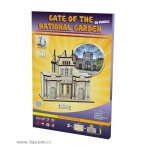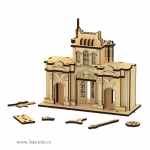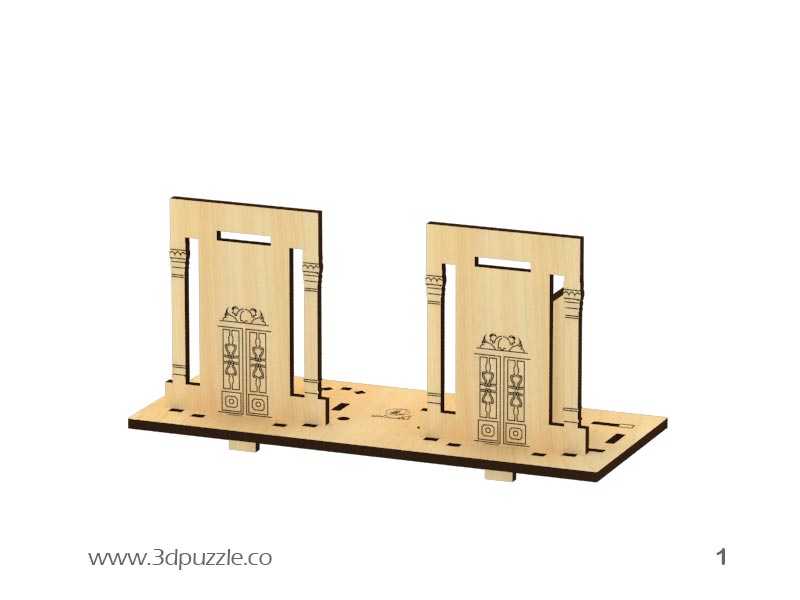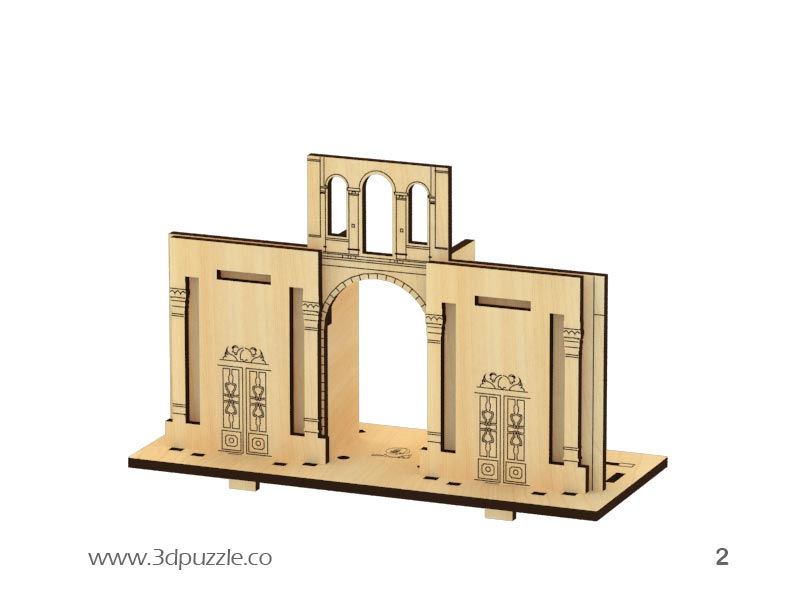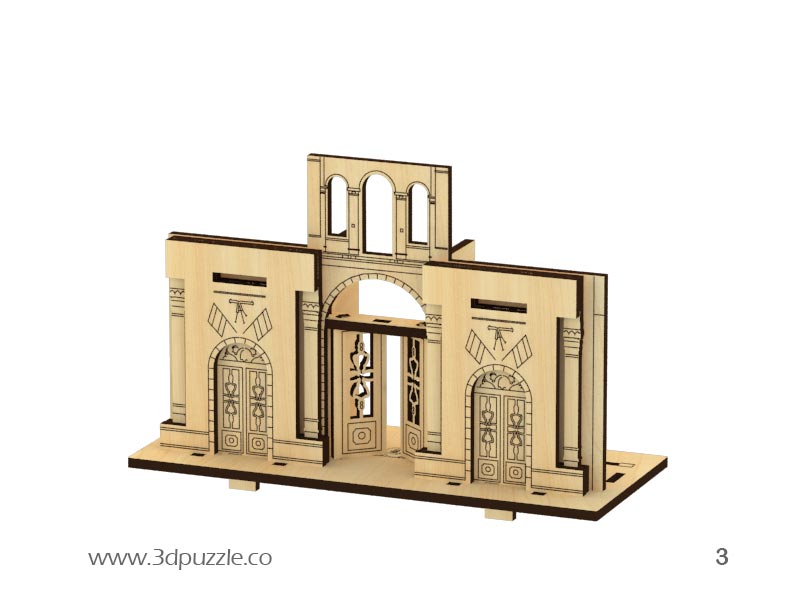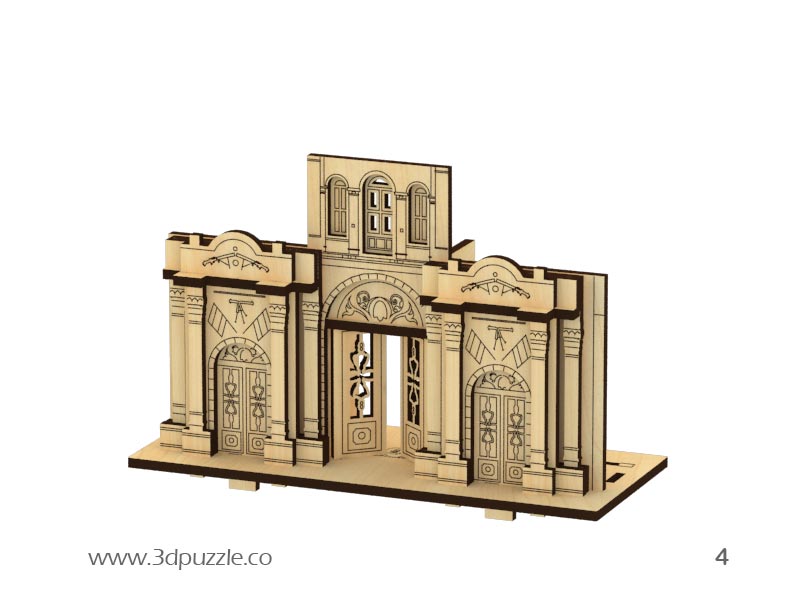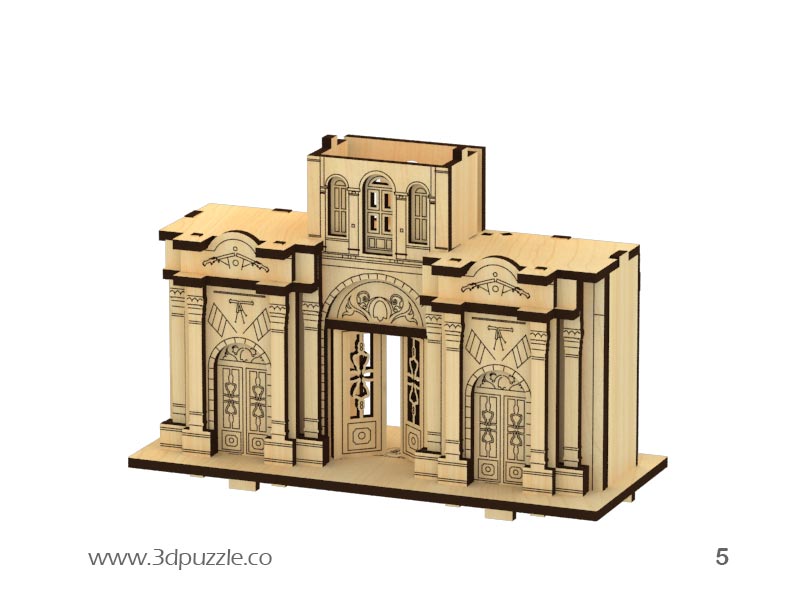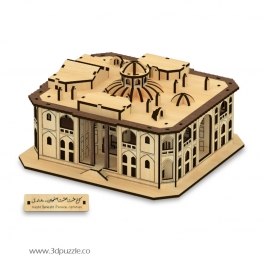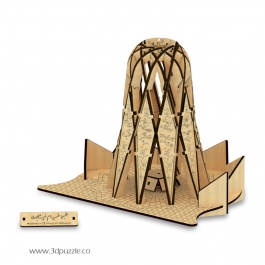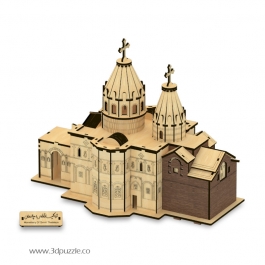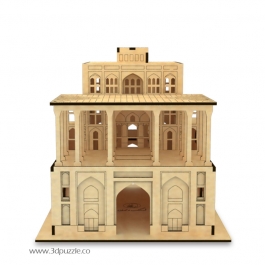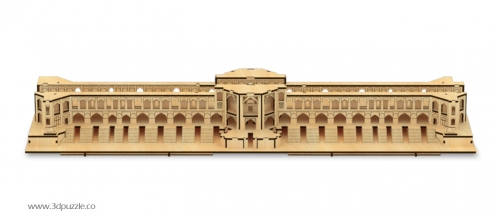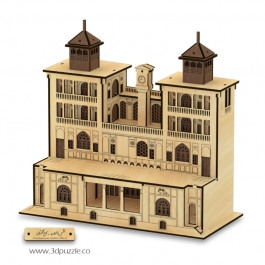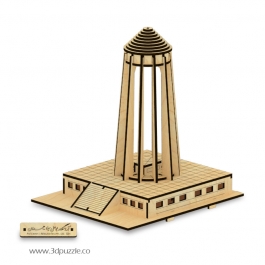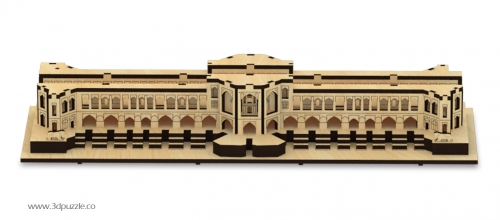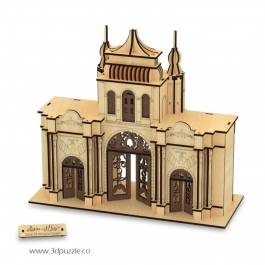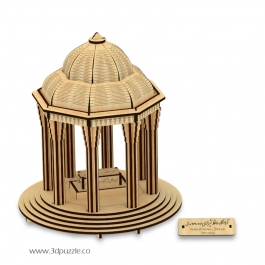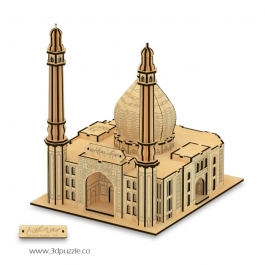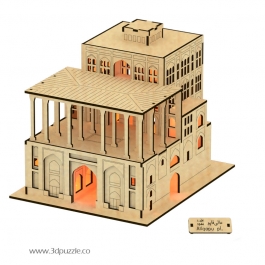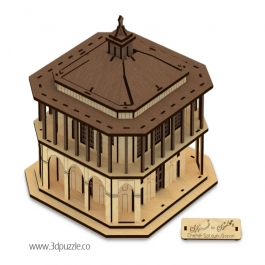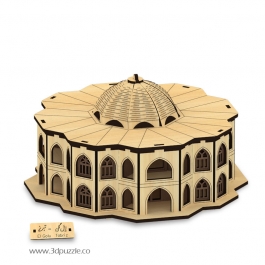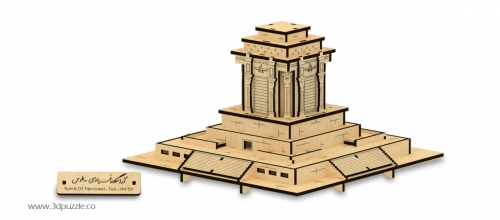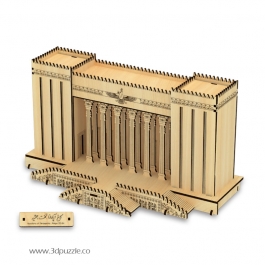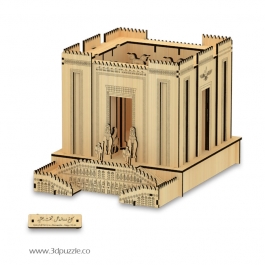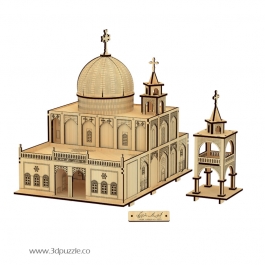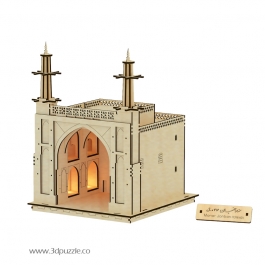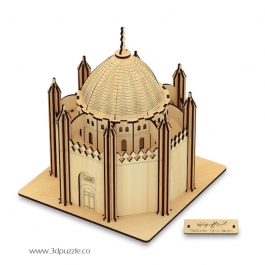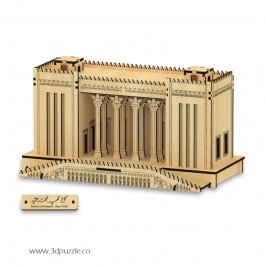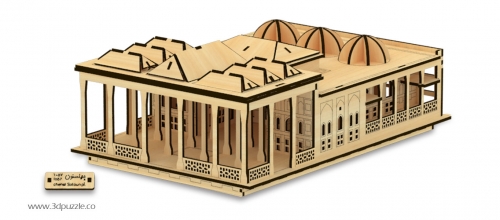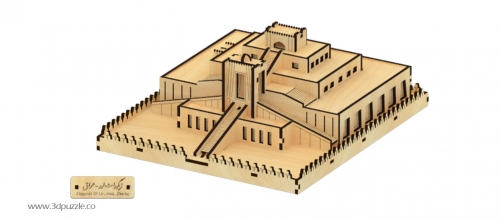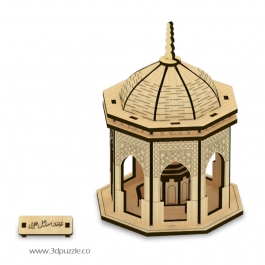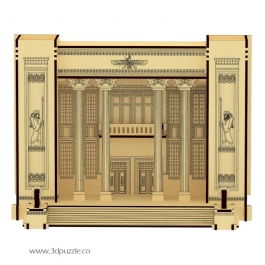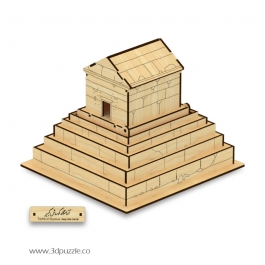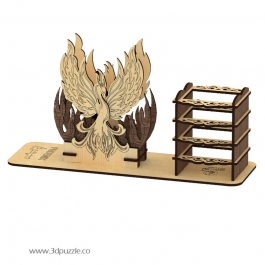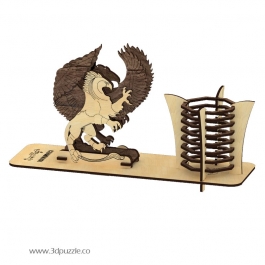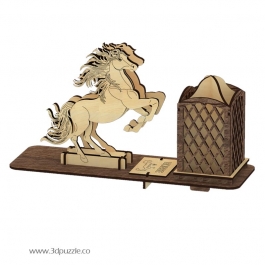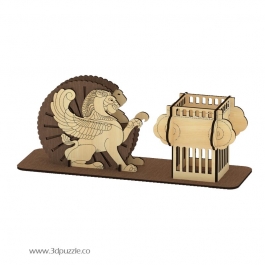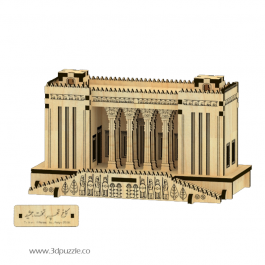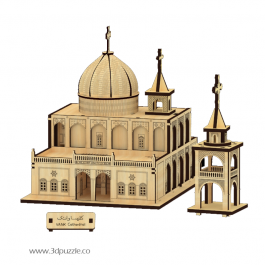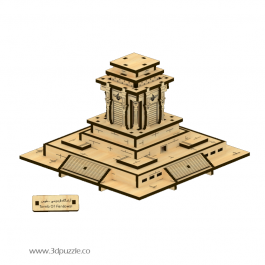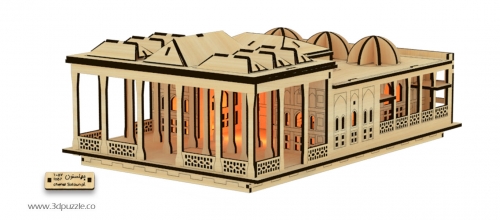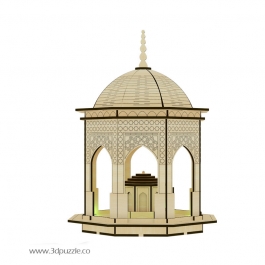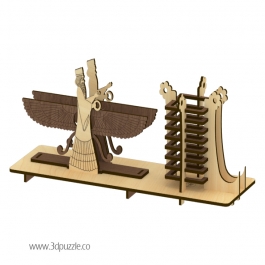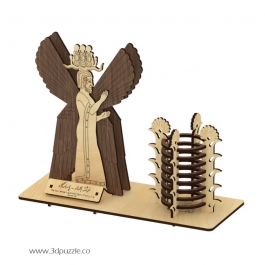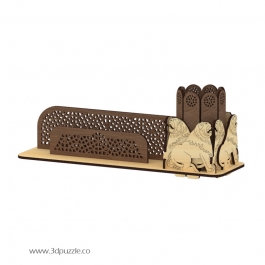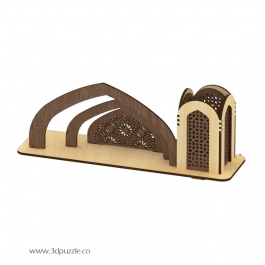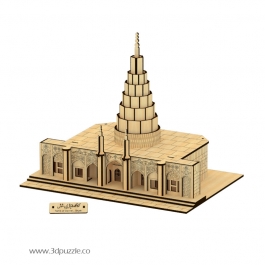سردر باغ ملی مینی
سردر باغ ملی از بناهای به جا مانده از دوره قاجار است که در سالهای ۱۳۰۱ تا ۱۳۰۴ خورشیدی به دستور مستقیم رضاشاه و توسط جعفرخان کاشانی و همکاری آلمانیها احداث شد. پیش از ساخته شدن برج آزادی، این دروازه به عنوان نماد شهر تهران شناخته می شد. این بنا با آمیزهای از سبک معماری ایرانی- اروپایی به ویژه در کاشیکاریها و کلاه فرنگی طراحی شده است. سردر باغ ملی دارای یک دروازه برای سوارهرو و دو در برای عبور و مرور افراد پیاده است. این درها از جنس چدن میباشند که در قورخانه تهران به دست استاد محمدعلی کرمانی ساخته شده بودند. در نمای خارجی سردر، نقوش کاشیکاری شده با نقش دو شیر که تاجی را در میان گرفتهاند، پلنگ، شیر و خورشید، تیربار و گلولههای توپ به چشم میخورد. این بنا به عنوان دروازه ورودی به میدان مشق؛ که محوطهای نظامی و در اختیار قشون بود، ساخته و نام «دروازه میدان مشق» بر آن نهاده شد. مدتی پس از ساخت این دروازه، طرح برپایی نخستین باغ همگانی شهر تهران با نام «باغ ملی» در زمینهای درون میدان مشق برنامهریزی و پیادهسازی شد و از این رو نام آن به «سردر باغ ملی» تغییر یافت.
Sardar Baghe Melli (Gate of the National Garden)
Sardar Baghe Melli is the remaining of the structure from the Qajar period that located in Imam Khomeini Street, On the east side of the Ministry of Foreign Affairs and the west side of Post and Communication Museum. The gateway with imposing bricks was built in ۱۹۲۲ by Jafar-khan Kashani (the command of Reza Khan) and in collaboration with the Germans. Before the construction of the Azadi tower, it was the symbol of Tehran. The architecture is a mixed between Iranian and European style. The portal has a big cross between two pillars. All three doors are made with iron gates built by Mohammad Ali Kermani in the Tehran deposit. The outside includes tiling works of two lions, leopard, lion and sun, guns and cannonballs. It was the entry of the military square, Maidan-e-Mashq, in old ages. After building this portal, the first public garden of Tehran was planned and caried out. It is because it was called sardar baghe melli instead of baghe melli.

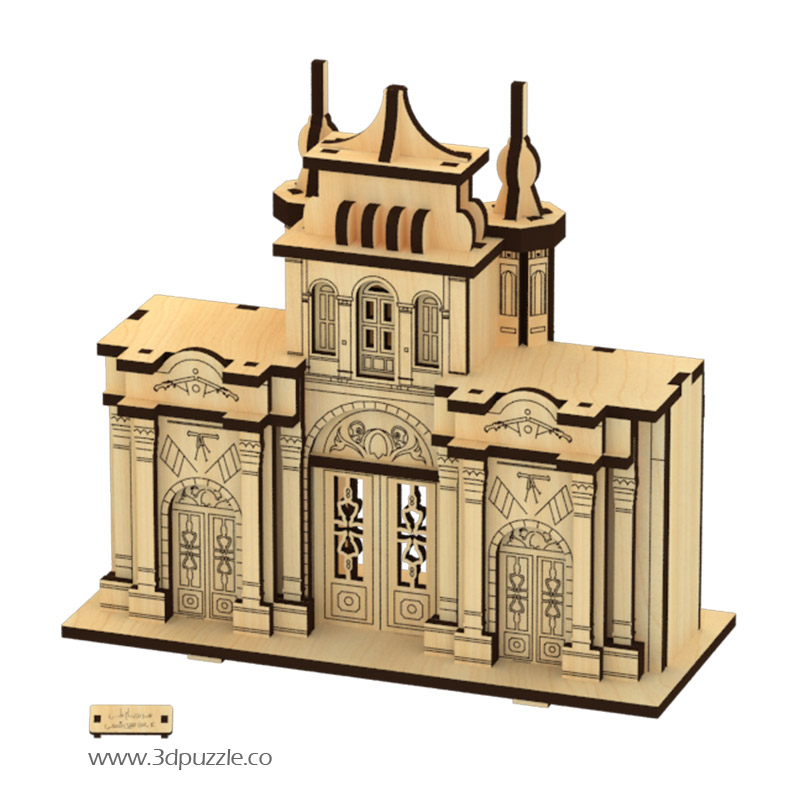
.jpg)
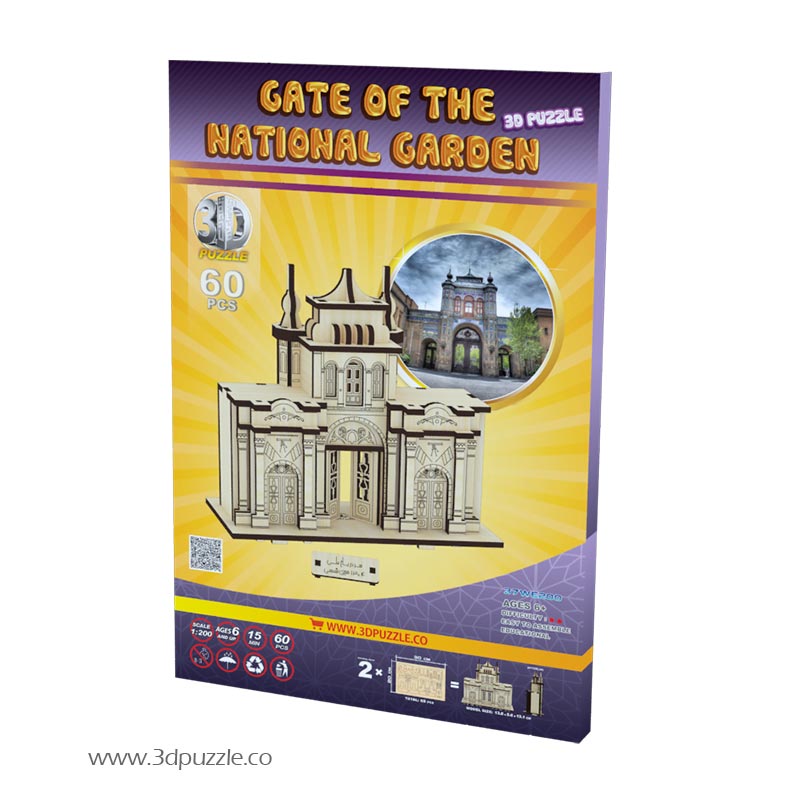
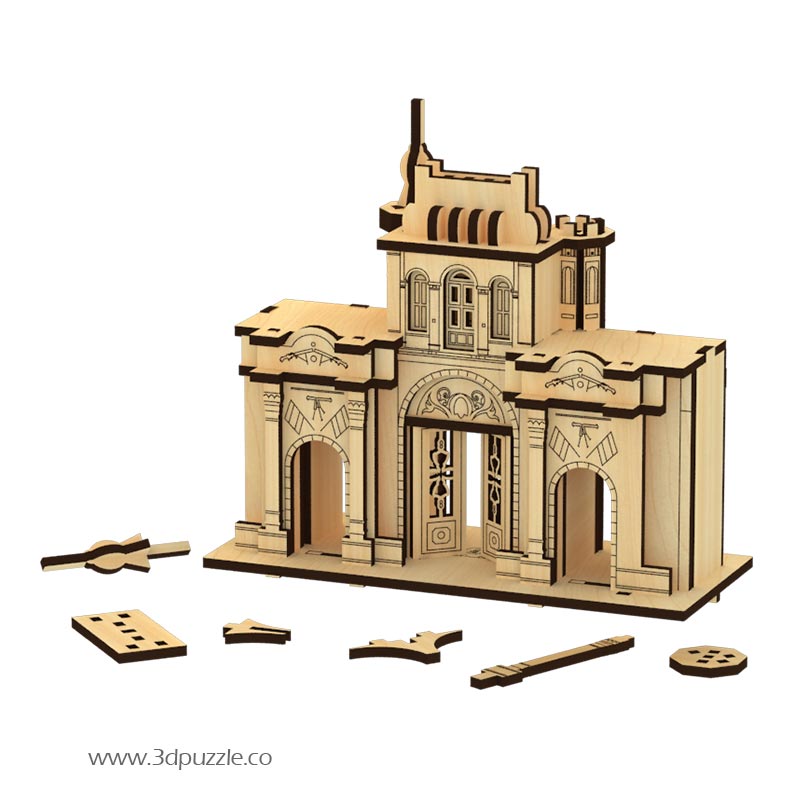
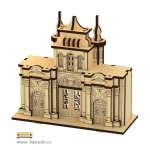
.jpg)
